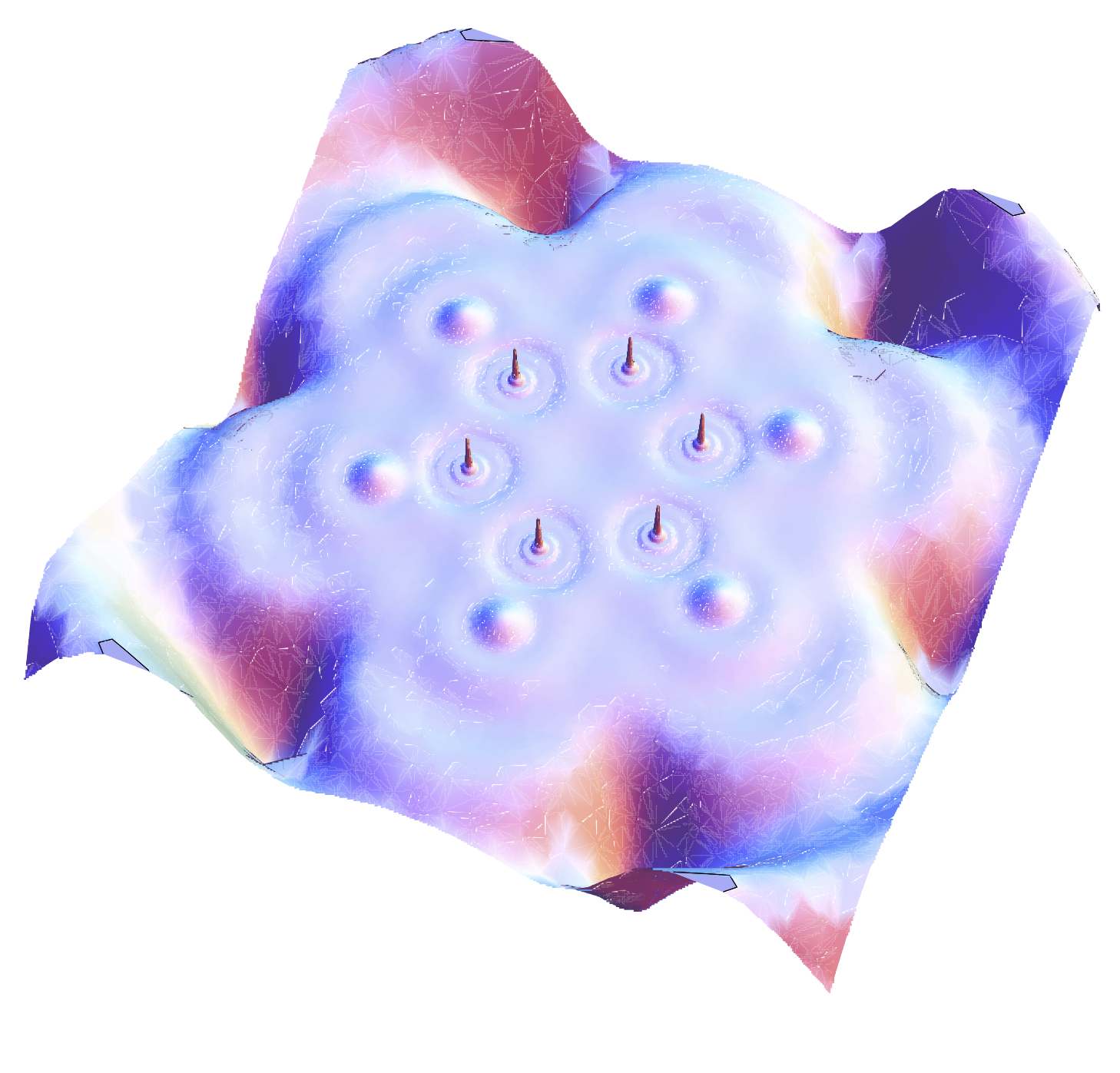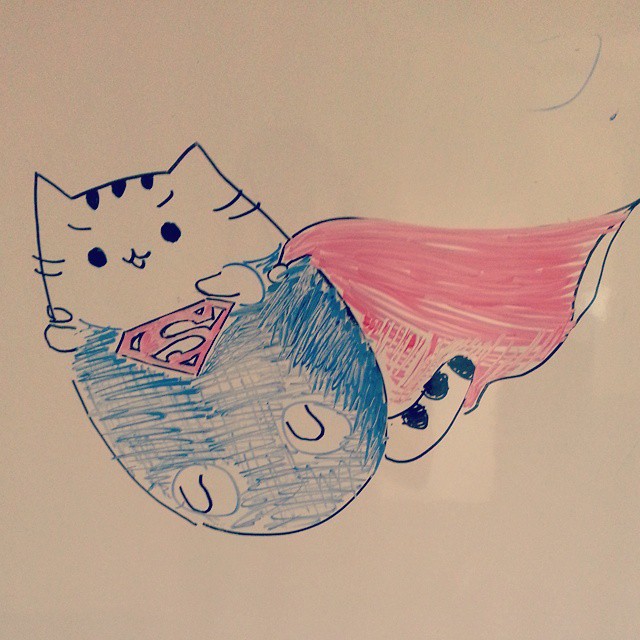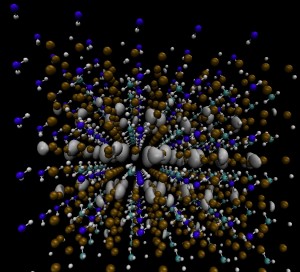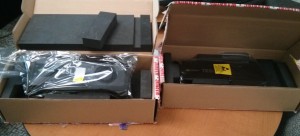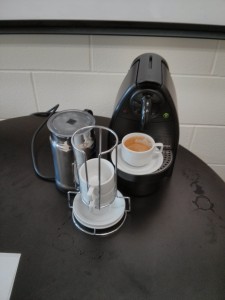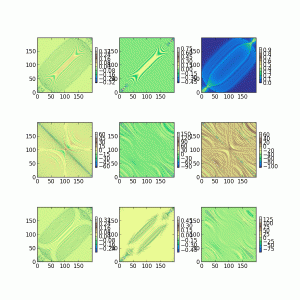Ravi’s work studying the short lived excitons in Perovskite solar absorbers is now available.
Category Archives: Uncategorized
Guess this electronic structure quantity.
‘Science Pusheen’
Come by and support our book drive!
Image
Triet’s Poster from ACTC.
She’s gotten a lot done this year. (dropbox pdf link)
Opportunities for Highly Motivated Postdocs.
If you feel you have a strong background in electronic structure theory and would like a challenging postdoctoral opportunity in method development, feel free to email me your CV.
Best-
John
Thanks Midwest Theory Organizers!
The group had a great time at the Midwest Theoretical Chemistry conference, thanks to Professors Shiozaki, Schatz Ratner, Seideman, Snurr, Szleifer, Reuter and Olvera!
Congratulations Nahee.
Undergraduate Nahee Kim has received a College of Science Summer Undergraduate Research Fellowship. (on behalf of her and the group, thanks college of science)
Congratulations Triet!
Triet Nguyen got an NSF graduate fellowship.
CONGRATULATIONS!
Random research image of the day.
Late Christmas gifts.
Welcome Postdoctoral Fellow Ravindra Nanguneri
Ravi is a UC Davis physics Ph.D. with a background studying metal oxides. He comes to us during a period of anomalously frigid weather in South Bend, but seems to be dealing with it cheerfully.
University’s Christmas present is Lab Space.
Welcome Grad Student Kun Yao
Kun is thinking about non-radiative relaxation, and temporarily desk-less until the group space is finished.
Jarrod’s work is featured on Phys.org.
Couldn’t be happier for him! The blurb is pretty digestible for non-experts.
http://phys.org/news/2013-10-feynman-wasnt-quantum-dynamics-ground.html
A Symposium for Polarizable Systems
Daniel Lambrecht and myself are organizing a symposium at the Denver 2015 ACS on the subject of electronic structure methods for simulating highly polarizable systems. Please contact one of us if you are interested in contributing a talk. Here is the poster summary:
“There are widespread technological applications for molecules which can readily accept and transform small packets of energy. Optoelectronic materials, molecular electronics, and photocatalysis speak to the technological impact of modeling such systems. At the same time, any rational advancement involves a firm understanding of fundamental processes such as energy and electron transfer, electron and nuclear dynamics, and electron-phonon interactions. Modeling the interactions of polarizable molecules with their environment therefore remains a challenge for modern electronic structure theory and represents an area of vibrant development. This symposium collects emerging methodologies for computing the properties of small-gap, polarizable materials in their ground and excited states. New phenomenological and ab-initio theories targeted at these systems are welcome contributions to this symposium, including developments in embedding approaches, excited state theories and electronic dynamics. State-of-the art applications of first principles approaches theory used to interpret, rationalize and guide experiment are also invited. The tools discussed are useful for studying charge and energy collection and transport on lengths ranging between atomic systems and the nanoscale.”
LaTeXIT as a web service.
So cool.
http://tex.sh/tex/$<latex goes here>$.pngTriet’s Poster from ACS
Triet gave a poster at ACS about our first month of work. It looks pretty good (pdf link)
Wecome to Undergraduate Nahee Kim
Nahee is a Junior in Notre Dame’s college of sciences and has some experience with Wavelets. She’s going to be working on some signal processing in the group.
Data’s coming in.
Triet is a very good summer student, and she’s studying the classical noise that electrons experience after just 2 weeks of group history. The fluctuations she captured and plotted below will be used to characterize dephasing between electrons within a single molecule. Looking at the magnitude of these single electron energy fluctuations at 300K, we expect to be busy for a long time building dephasing models and understanding how they change photochemistry and excited state dynamics.
Our equipment has arrived!
Post-doctoral Position Available
Ph.D. students with a strong background in numerical computation and chemical physics are encouraged to send a C.V. along with a brief email describing their goals and experience to john(dot)parkhill(at)gmail(dot)com.
Welcome to Summer Student Triet Nguyen!
Triet S. Nguyen comes from Dallas where she studied nanotubes for drug delivery as an undergraduate in the Lab of Prof. Steven O. Nielsen with the assistance of Dr. Udayana Ranatunga. She originally hails from Saigon, and is interested studying quantum aspects of energy transport. Her summer study is supported by generous fellowship funding from The Department of Chemistry at Notre Dame, and she can be temporarily found in COMSEL devouring online coursework and filling Notre Dame CRC queue with chemical simulations. Welcome Triet.
Some new code in the Bitbucket.
By email request, I’ve pushed some Mathematica code into the Bitbucket for generating coupled cluster equations and code.
Congratulations Amigos!
It’s been a good week or two for good scientists. Alan got his well-deserved tenure. All around stand-up guy and quantum chemist Greg Beran got tenure. (Congratulations amigos)
Just some fun.
The group evolving into being…
Hello world!
As of July 2013, we will be a research group modeling chemistry with quantum models of electronic properties at the University of Notre Dame.
